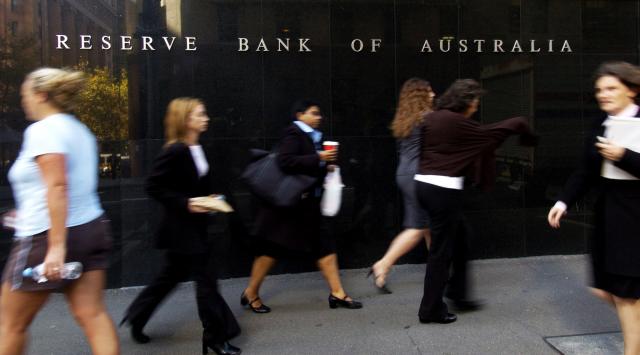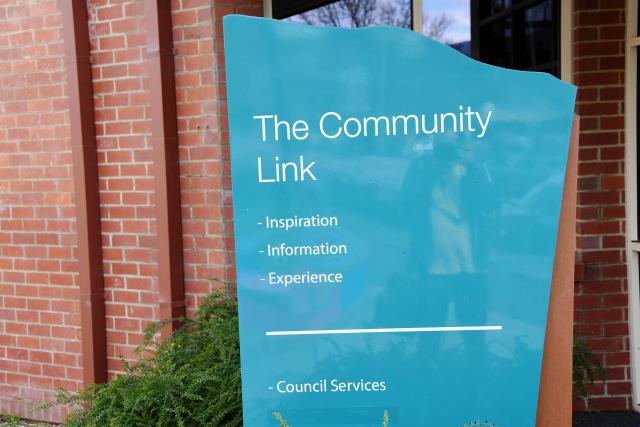The Reserve Bank might have reached the pinnacle of its interest rate hiking cycle following a decision to keep the cash rate on hold for the second consecutive month.
The central bank has left the door open to more interest rate hikes, but many economists believe the chance of more tightening is starting to wane based on a more dovish tone from the Reserve Bank governor.
Leading up to the decision on Tuesday, experts were split on which way it would go, while markets were largely convinced the RBA would stay on hold.
The two months holding steady at 4.1 per cent follows four percentage points of increases, which have been heaping pressure on borrowers in a bid to dampen demand and help bring down inflation.
Consumer price increases have started to slow, with inflation rising six per cent annually through to June, down from seven per cent in March.
Inflation remains well above the central bank’s target, however, with governor Philip Lowe noting in his statement it was still too high.
While Dr Lowe raised concerns about briskly rising service prices and increasing rents, he said the bank’s recently updated forecasts had inflation back within the target range by late 2025.
In a positive sign for the economy, the refreshed predictions, which will be released in full on Friday, have inflation returning to the target band “with output and employment continuing to grow”.
But the governor still kept open the option to hike again and outlined a range of risks on the horizon.
“Some further tightening of monetary policy may be required to ensure that inflation returns to target in a reasonable time frame, but that will depend upon the data and the evolving assessment of risks,” Dr Lowe said.
He flagged “surprisingly persistent” services inflation overseas as a source of uncertainty for Australia, as well as the tight labour market and the unclear outlook for household consumption.
EY chief economist Cherelle Murphy said the RBA was right to stay on hold, but the move was a conservative one.
“The June quarter consumer price index showed the inflation pulse softening just enough to tell a story of an economy that is responding as designed to the 400 basis points of rate hikes so far,” she said.
Ms Murphy said there were a number of caveats to the economic outlook, including the nation’s sluggish productivity performance.
“If productivity doesn’t pick up from the pandemic-induced slowdown, the Reserve Bank’s inflation forecasts will not be met, and further rate hikes will likely be necessary,” she said.
Ms Murphy said the RBA would need to see steady progress on inflation for the rate pause to be maintained.
Oxford Economics Australia head of macroeconomic forecasting Sean Langcake said the RBA appeared increasingly confident it had broken the back of high inflation.
“With economic momentum waning, it seems unlikely the RBA will be presented with more compelling arguments to raise rates than they would have heard at today’s meeting,” he said.
The group expects the central bank to stay on hold until deep into 2024.







